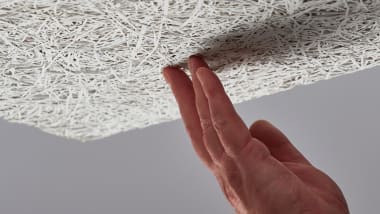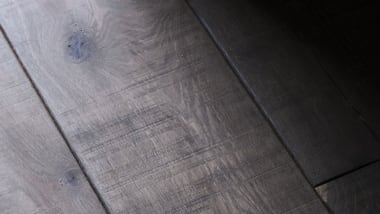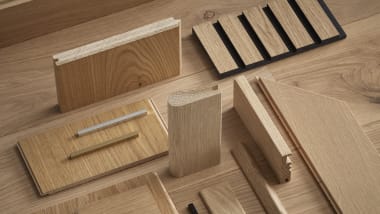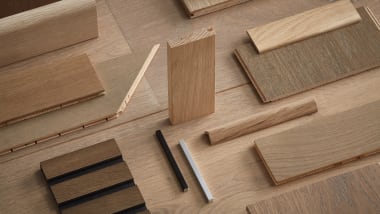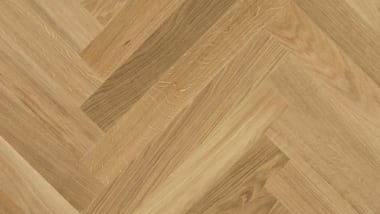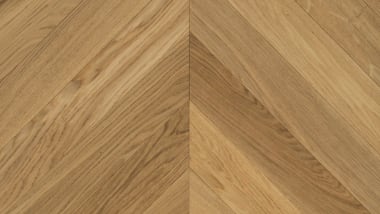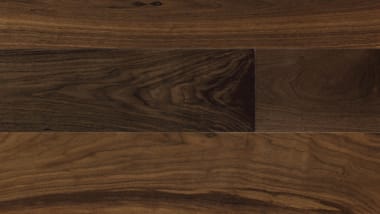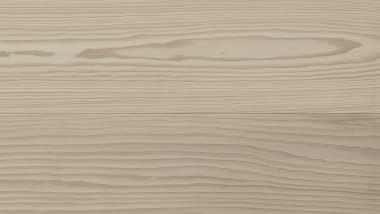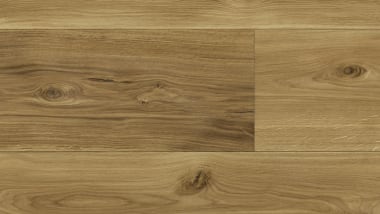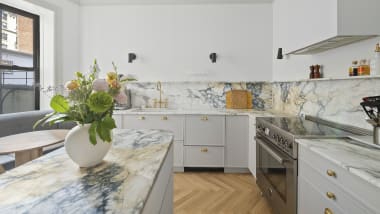Why Are My Wood Floors Slippery? Causes and Solutions
Wood flooring adds warmth, elegance, and timeless beauty to any space. However, slippery wood floors can be a safety hazard, increasing the risk of falls and injuries. If you've noticed that your wood floors are more slippery than usual, understanding the causes and solutions can help restore safety while maintaining the floor's aesthetic appeal.
Causes of Slippery Wood Floors
1. Improper Cleaning Products
Many commercial floor cleaners contain waxes, oils, or silicone-based ingredients that create a glossy but slippery surface. While these products enhance shine, they can reduce traction and make your floors more hazardous.
2. Polish and Wax Buildup
Floor polish and wax can accumulate over time, creating a slick surface. If floors are polished or waxed too frequently, the buildup can make them dangerously slippery.
3. High-Gloss Finish
Some wood floors come with a high-gloss or lacquered finish, which naturally reduces friction. While visually appealing, these finishes can be more prone to slipperiness than matte or satin finishes.
4. Moisture and Spills
Even a small amount of water, oil, or other liquids can make wood flooring dangerously slippery. Kitchens and bathrooms are particularly susceptible to this issue.
5. Dust and Debris
Dust, dirt, and fine debris can reduce traction on wood floors. Over time, small particles act as a layer between your feet and the floor, making it easier to slip.
6. Worn-Out Finish
As the finish on your wood floors wears down, it can create an uneven, slick surface. This is especially true for older floors that haven’t been refinished in years.
7. Socks and Slippery Footwear
Certain types of socks, slippers, and smooth-soled shoes can cause slipping, even if the floor itself is not overly slick.
Solutions to Fix Slippery Wood Floors
1. Use the Right Cleaning Products
Switch to a cleaner specifically designed for wood flooring, such as those that are pH-neutral and do not contain waxes or silicone. Avoid multi-purpose cleaners or anything labeled as a "shine enhancer."
2. Remove Wax and Polish Buildup
If wax buildup is the issue, strip the floor using a wood floor cleaner designed to remove residues. A mix of white vinegar and warm water can also help break down waxy layers.
3. Opt for a Matte or Satin Finish
If your wood floor is naturally slippery due to a high-gloss finish, consider refinishing it with a matte or satin finish. These finishes provide a better grip while still looking stylish.
4. Keep Floors Dry and Clean
Immediately wipe up spills and avoid using excessive water when cleaning. A damp (not wet) microfiber mop is ideal for maintaining clean wood floors without making them too slick.
5. Regularly Dust and Vacuum
Keeping floors free from dust and debris improves traction. Use a microfiber dust mop or a vacuum with a hard floor setting to prevent buildup.
6. Apply an Anti-Slip Treatment
There are various anti-slip coatings and treatments available that can be applied to wood floors to enhance grip. Look for water-based products designed for wood surfaces.
7. Use Rugs and Runners
Strategically placing area rugs and runners in high-traffic areas can help prevent slipping. Opt for rugs with non-slip backing or add rug grippers underneath.
8. Wear Proper Footwear Indoors
Avoid walking on wood floors in socks or smooth-bottomed slippers. Instead, wear shoes with rubber soles for better grip.
9. Refinish the Floor if Needed
If the finish is worn down and causing slipperiness, refinishing the floor with a non-slip sealant can restore traction and improve safety.

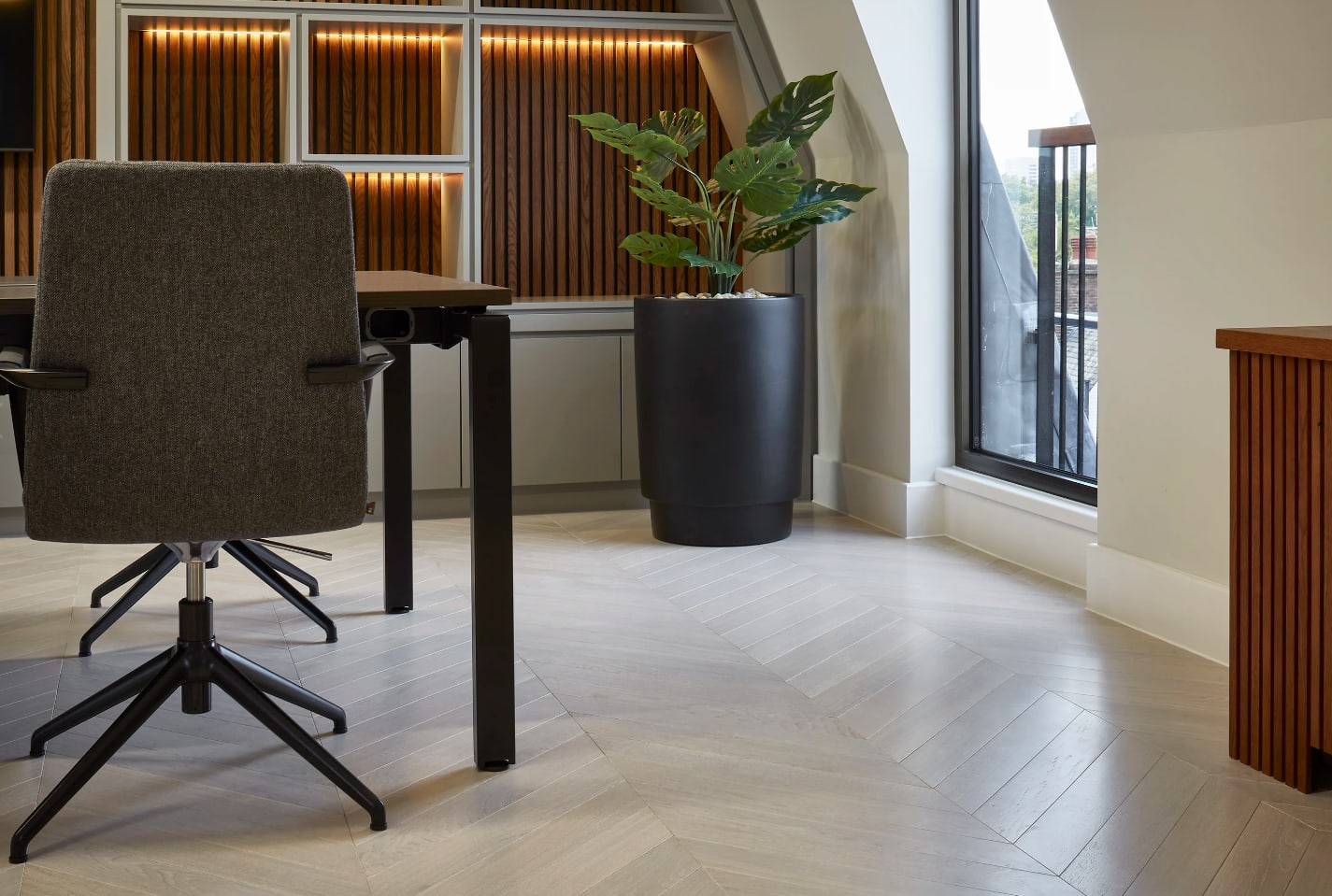
Choosing the Right Wood Flooring for Safety
If you’re installing new wood flooring and want to minimize slipperiness, consider choosing a floor with:
A textured or brushed surface: Textured finishes provide better traction than ultra-smooth surfaces.
A matte or satin finish: These finishes are less slippery than high-gloss options.
An oiled finish: Some oiled floors offer more natural grip compared to lacquered floors.
Final Thoughts
Slippery wood floors can pose a real safety concern, but with the right maintenance and adjustments, you can improve traction without sacrificing style. By using proper cleaning techniques, selecting the right finish, and incorporating anti-slip solutions, your wood floors can remain both beautiful and safe. If you’re looking for high-quality wood flooring with a balance of aesthetics and safety, explore options from Havwoods for expertly crafted, durable solutions.



